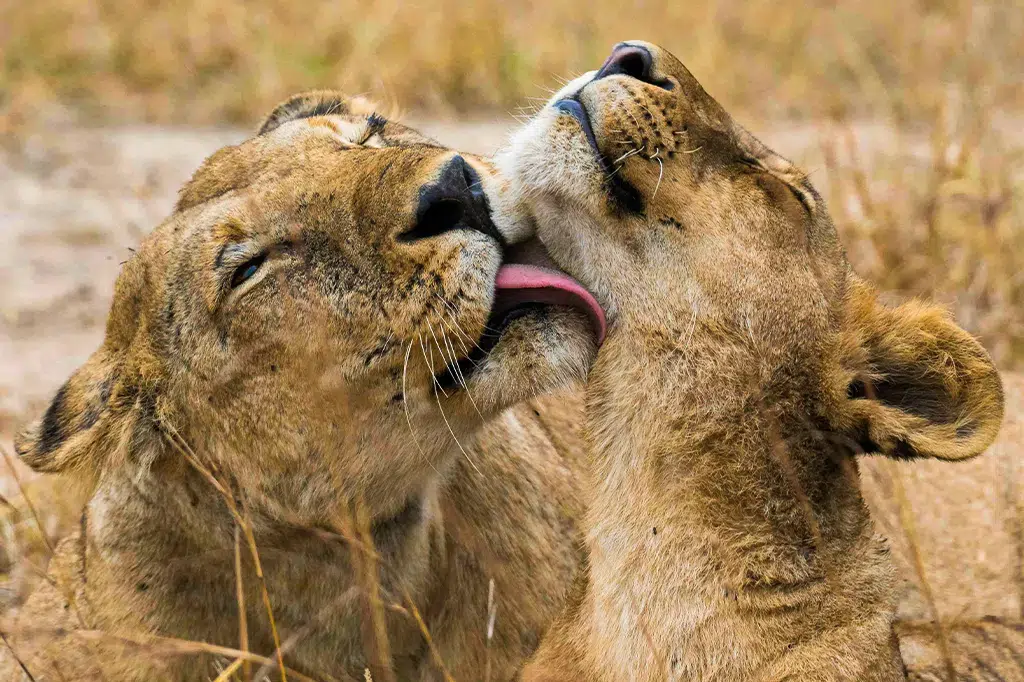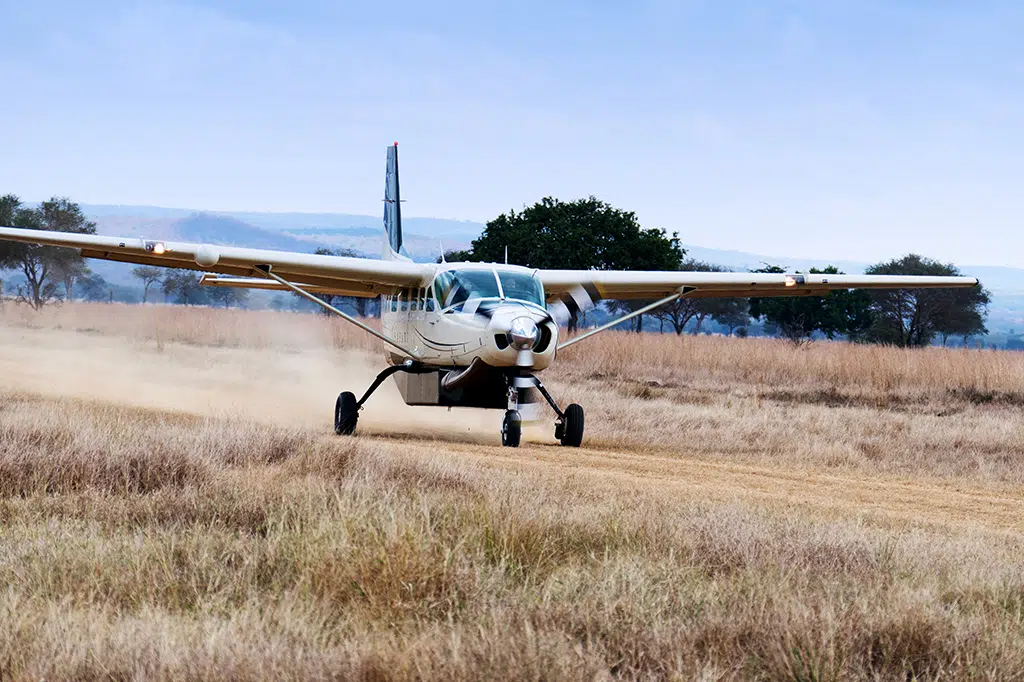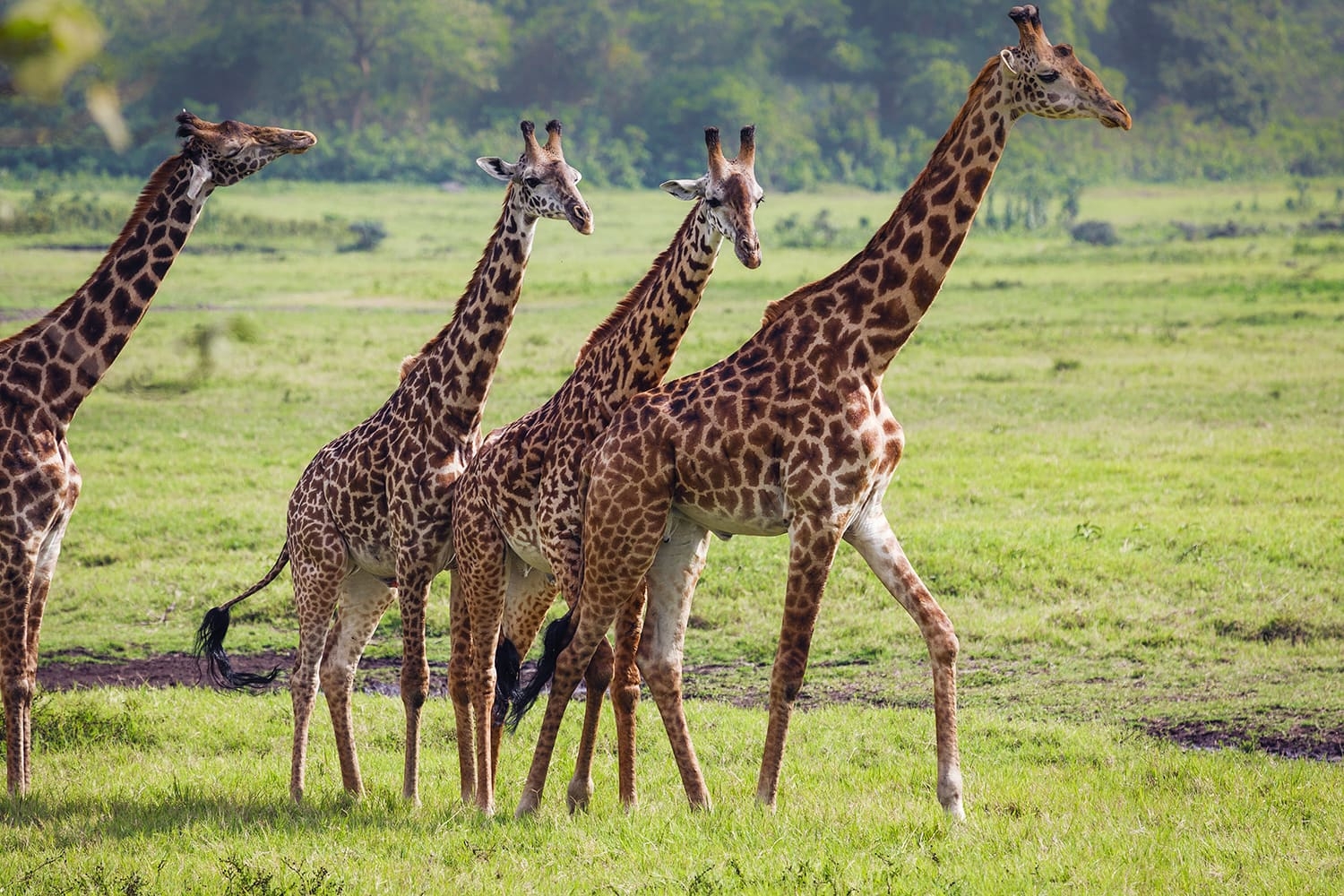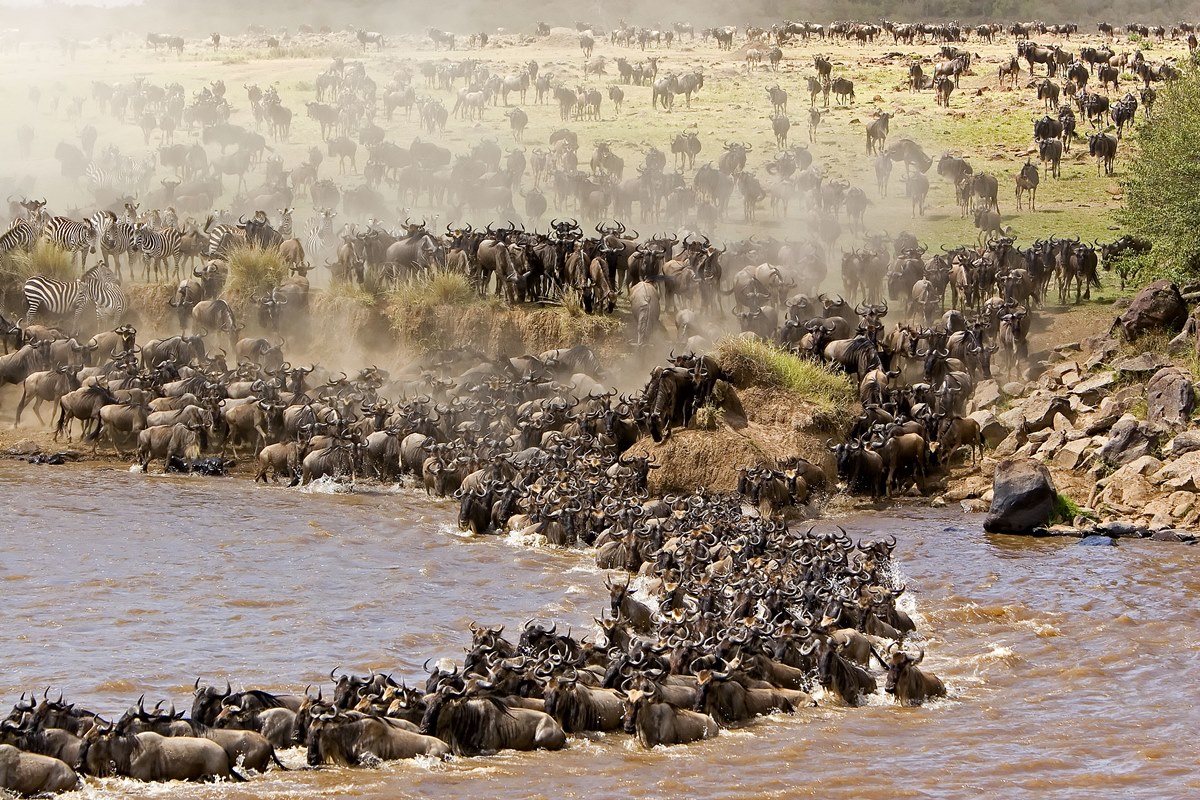Mikumi National Park
Park Overview
Mikumi National Park is one of Tanzania’s most accessible wildlife destinations, located in the southeastern part of the country. Covering over 3,230 square kilometers, it is the fourth largest park in Tanzania and forms part of the vast Selous ecosystem. The park is situated just 283 kilometers west of Dar es Salaam, Tanzania’s bustling commercial city, making it an ideal destination for both short and extended safaris. Mikumi’s proximity to major roads ensures it is easily reachable by car, typically via a four to five-hour drive, or by small charter planes that land at the park’s airstrip. The park’s landscape is characterized by wide stretches of savannah, rolling hills, and wooded areas, all framed by the distant Uluguru Mountains to the north and the Lumango Mountains to the south. Its central location along the main highway connecting Dar es Salaam to Iringa also means it’s a convenient stopover for travelers heading to or from other southern circuit parks, including Ruaha and Udzungwa Mountains National Parks.

Wildlife
Mikumi National Park is renowned for its rich biodiversity, hosting a remarkable variety of wildlife both large and small. It is home to four of the famed ‘Big Five’: elephants, lions, leopards, and buffaloes, which can often be sighted across the park’s open plains. The floodplain areas, notably the Mkata Plains, provide fantastic opportunities to see large herds of zebras, wildebeest, and impalas grazing alongside giraffes and warthogs. Mikumi is also a notable habitat for hippos, commonly found wallowing in pools, especially at the popular Hippo Pools. Rare species such as sable antelopes, elands, and greater kudus roam the woodlands, while predators like hyenas and jackals add to the park’s dynamic ecosystem.
For bird enthusiasts, Mikumi offers over 400 species of birds. Colorful lilac-breasted rollers, yellow-throated longclaws, bateleur eagles, and fish eagles are commonly seen, while migratory species arrive seasonally, adding to the diversity. With its mixture of wetlands, savannah, and woodland, Mikumi is an ideal destination for both first-time safari goers and seasoned wildlife lovers.

Weather and Climate
Mikumi National Park enjoys a classic East African savannah climate, characterized by distinct wet and dry seasons. From November to early May, the park experiences the rainy season, with short rains in November and longer, heavier rains from March to May. During this period, the landscape becomes lush and green, rivers flow more vigorously, and many animals give birth, making for rewarding game viewing and birdwatching. However, some areas may become muddy and challenging to traverse.
The dry season runs from June to October, and temperatures are generally warm, ranging from 20°C to 30°C (68°F to 86°F). This period sees vegetation thinning out and water sources shrinking, prompting animals to congregate around the remaining waterholes and rivers, making wildlife spotting much easier. Nights can be cooler during the dry months, especially from June to August, so light warm clothing is recommended for early morning and evening activities.
The park’s overall climate is relatively mild compared to other areas, thanks to its elevation and surrounding highlands, making it suitable for year-round visits, though conditions and wildlife viewing experiences vary by season.

The Best Time to Visit
The best time to visit Mikumi National Park depends on what you wish to experience. For optimal wildlife observation, particularly of large mammals, the dry season from June to October is considered the best. During these months, the sparse vegetation allows for clear views of animals as they gather around the park’s water sources. Game drives are smooth, and photographic opportunities abound as animals frequent open plains and waterholes.
If birdwatching and lush landscapes are your priorities, the wet season (November to May) is also highly rewarding. Migratory bird species arrive, and the park’s scenery transforms into a vibrant haven for animals rearing their young. The low season can also mean fewer tourists, allowing for a more private and peaceful experience.
It’s essential to note that while Mikumi is a year-round destination, some inner roads may become less accessible during the heavy rains of March to May. However, the main roads and game viewing routes generally remain passable. In summary, whether you’re looking for classic big game encounters or rich birdlife against a backdrop of stunning scenery, Mikumi National Park warmly welcomes visitors at any time of the year.



